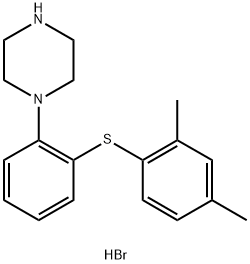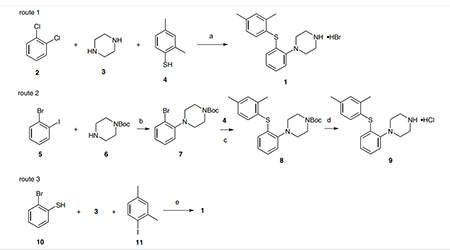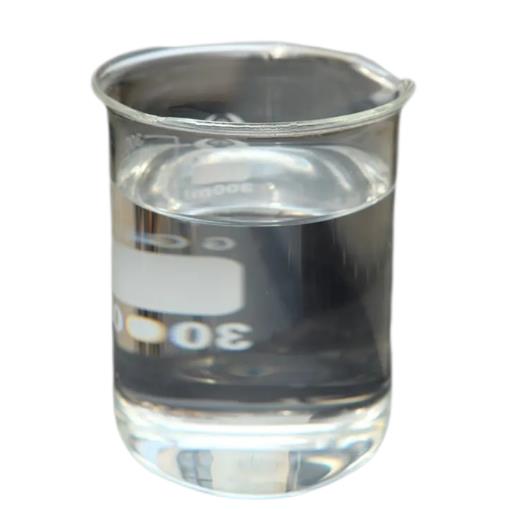Vortioxetine Hydrobromide: A Multifaceted Antidepressant Revolutionizing the Treatment of Major Depressive Disorder
Introduction
Vortioxetine hydrobromide is a relatively recent addition to the pharmacological landscape, representing a new wave of antidepressants known for their multifaceted mechanisms of action. As both a serotonin modulator and stimulator, this compound has garnered significant attention in both clinical and research settings due to its potential to treat major depressive disorder (MDD) with a favorable side effect profile and additional cognitive benefits. The chemical community, particularly those specializing in psychopharmacology and medicinal chemistry, has shown a growing interest in the unique properties, mechanisms, and therapeutic applications of Vortioxetine hydrobromide. Moreover, its role in addressing unmet needs in the treatment of depression has sparked further investigations into its broader potential in psychopharmacology.
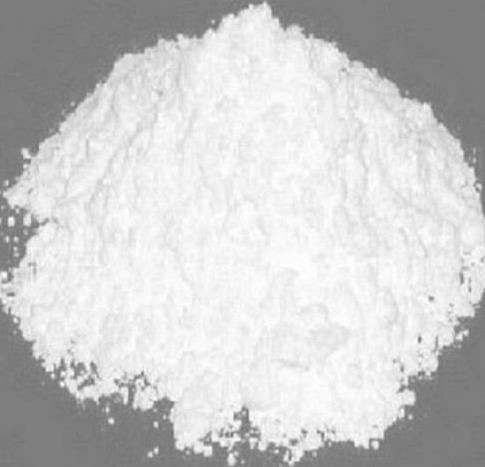
Figure 1 Characteristics of Vortioxetine hydrobromide
Properties
Vortioxetine hydrobromide is the hydrobromide salt form of vortioxetine, which is classified chemically as a bis-aryl-sulfanyl amine. The molecular formula for Vortioxetine hydrobromide is C18H23BrN2S, and it has a molecular weight of approximately 379.36 g/mol. This compound appears as a white to off-white powder, and it is highly soluble in water, making it suitable for oral administration. The substance’s solubility is a crucial factor that enhances its bioavailability when ingested, ensuring effective delivery of the active ingredient to the systemic circulation.
Vortioxetine hydrobromide is characterized by its high affinity for the serotonin transporter (SERT) and various serotonin receptors, including 5-HT1A, 5-HT1B, 5-HT1D, 5-HT3, and 5-HT7. These interactions are responsible for its broad-spectrum modulation of the serotonin system, distinguishing it from other selective serotonin reuptake inhibitors (SSRIs) and serotonin-norepinephrine reuptake inhibitors (SNRIs). The unique interaction profile of Vortioxetine hydrobromide contributes to its antidepressant effects, as well as its cognitive-enhancing properties, which are of particular interest in the treatment of depression-associated cognitive dysfunction.
Major Components
The principal active ingredient in this pharmaceutical formulation is Vortioxetine hydrobromide itself. This compound is typically synthesized through a series of chemical reactions that start with 1-(4-methylsulfanylphenyl)piperazine and 2-Bromo-5-(methylsulfanyl)benzaldehyde, among other precursors. The synthetic pathway involves multiple steps, including nucleophilic substitution and reductive amination, to form the final product.
In addition to the active ingredient, the drug formulation may include various excipients, which are inactive substances used as carriers for the active drug. These excipients are selected to ensure the stability, bioavailability, and patient acceptability of the final dosage form. Common excipients in Vortioxetine hydrobromide tablets include microcrystalline cellulose, mannitol, sodium starch glycolate, hydroxypropyl cellulose, and magnesium stearate. These components aid in the manufacturing process, improving the tablet’s mechanical properties and ensuring consistent drug release profiles.
Applications
Vortioxetine hydrobromide is primarily used for the treatment of major depressive disorder (MDD), a condition that affects millions of individuals worldwide. Its antidepressant effects are achieved through the modulation of serotonin levels in the brain, which helps to restore the balance of neurotransmitters implicated in mood regulation. Unlike many other antidepressants, Vortioxetine hydrobromide is also noted for its potential cognitive benefits, which include improvements in processing speed, executive function, and memory in patients with MDD.
Moreover, Vortioxetine hydrobromide is being investigated for its potential use in treating other psychiatric conditions, such as generalized anxiety disorder (GAD) and bipolar disorder. Early studies suggest that its unique pharmacological profile could make it an effective treatment option for a range of mood disorders, particularly those that are resistant to conventional therapies.
In clinical practice, Vortioxetine hydrobromide is typically prescribed at doses ranging from 5 mg to 20 mg per day, depending on the severity of the symptoms and the patient’s response to treatment. The drug is well-tolerated in most patients, with a relatively low incidence of side effects such as nausea, which is the most commonly reported adverse effect. This favorable side effect profile contributes to better adherence to treatment, which is a critical factor in the successful management of depression.
Storage Methods
Proper storage of Vortioxetine hydrobromide is essential to maintain its stability and efficacy. The compound should be stored in a tightly closed container, away from moisture and direct sunlight, at a controlled room temperature of 20°C to 25°C (68°F to 77°F). These conditions help to prevent degradation of the active ingredient, which could compromise the drug’s effectiveness.
In addition to temperature control, it is important to protect Vortioxetine hydrobromide from excessive heat and freezing, as these conditions can lead to physical and chemical changes in the compound. The drug should also be kept out of reach of children and stored in its original packaging to avoid accidental ingestion or contamination.
For research and bulk storage, Vortioxetine hydrobromide should be handled following standard safety protocols for chemical substances. This includes the use of personal protective equipment (PPE) such as gloves and safety glasses, as well as proper ventilation to minimize inhalation of any dust particles. In a laboratory setting, the compound should be stored in a desiccator or a similar moisture-controlled environment to further protect it from humidity.
Conclusion
Vortioxetine hydrobromide represents a significant advancement in the treatment of major depressive disorder, offering both effective symptom relief and cognitive benefits. Its unique pharmacological profile, involving the modulation of multiple serotonin receptors, sets it apart from other antidepressants and has spurred considerable interest within the chemical and pharmaceutical communities. Understanding the properties, major components, applications, and proper storage methods of Vortioxetine hydrobromide is essential for researchers and healthcare professionals who are involved in the development and use of this compound. As research continues, Vortioxetine hydrobromide will likely play an increasingly important role in the management of mood disorders, providing new hope for patients and advancing the field of psychopharmacology.
[1] Ma Y, Cao Y, Yang Y, et al. Thermodynamic analysis and molecular dynamic simulation of the solubility of vortioxetine hydrobromide in three binary solvent mixtures[J]. Journal of Molecular Liquids, 2018, 272: 676-688.
[2] Mao Y, Jiang L, Chen T, et al. A new and practical synthesis of Vortioxetine Hydrobromide[J]. Synthesis, 2015, 47(10): 1387-1389.
References:
[1] YIMING MA . Thermodynamic analysis and molecular dynamic simulation of the solubility of vortioxetine hydrobromide in three binary solvent mixtures[J]. Journal of Molecular Liquids, 2018, 272: 1-1076. DOI:10.1016/j.molliq.2018.09.130.[2] YONGJUN MAO. A New and Practical Synthesis of Vortioxetine Hydrobromide[J]. Synthesis-Stuttgart, 2015, 224 1: 141-147. DOI:10.1055/S-0034-1380505.
You may like
Related articles And Qustion
Lastest Price from Vortioxetine hydrobromide manufacturers
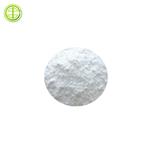
US $0.00-0.00/KG2025-07-09
- CAS:
- 960203-27-4
- Min. Order:
- 1KG
- Purity:
- 99% up , S.impurity≤0.05%
- Supply Ability:
- 20TONS

US $0.00/kg2025-05-09
- CAS:
- 960203-27-4
- Min. Order:
- 1kg
- Purity:
- 0.99
- Supply Ability:
- 1000kg
